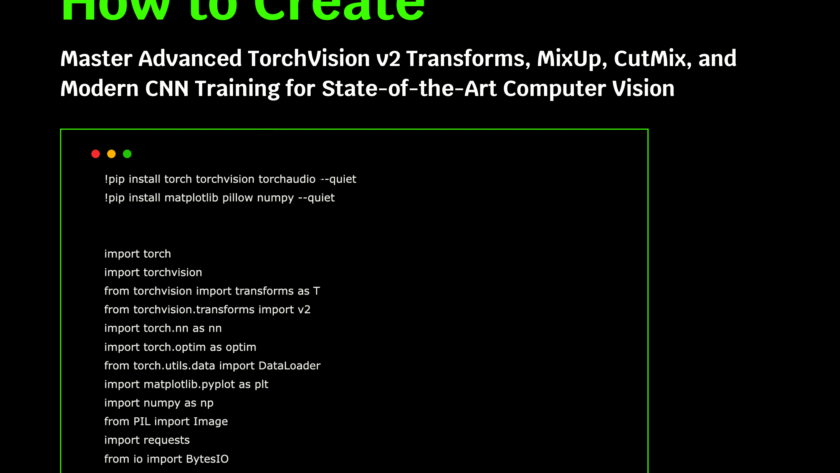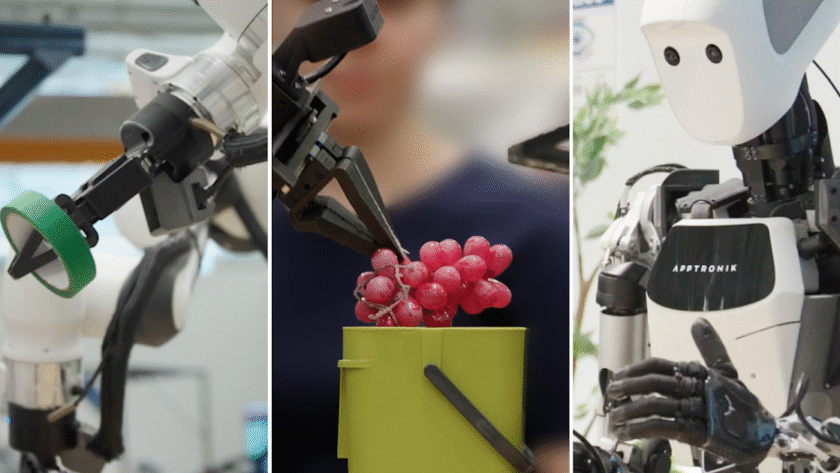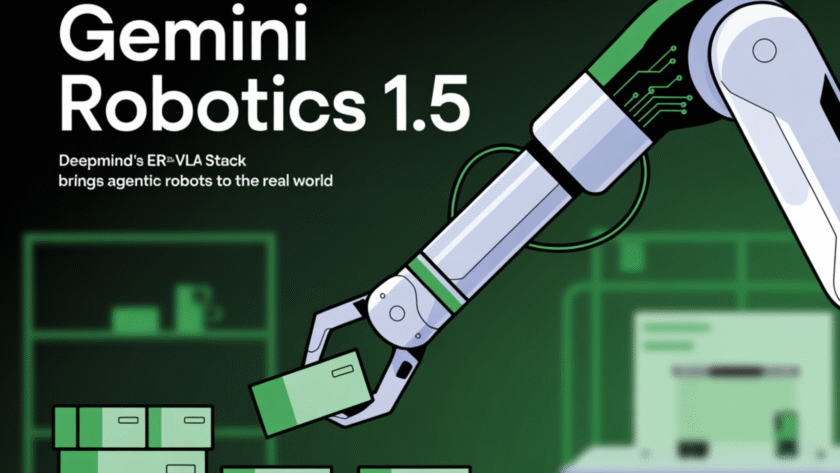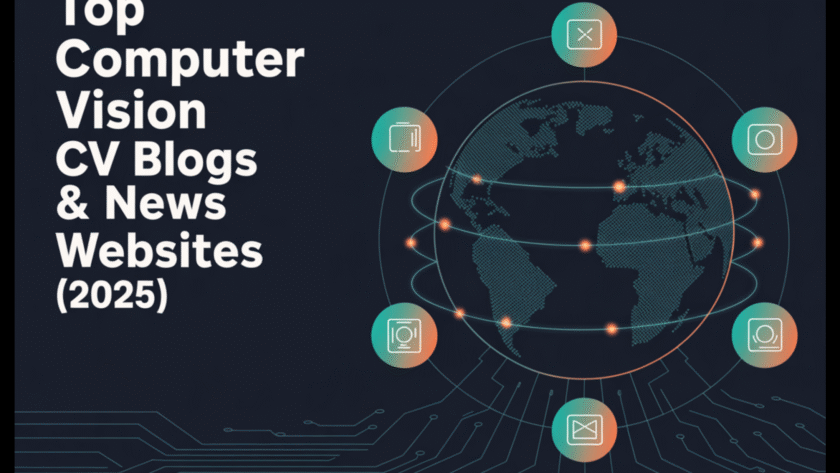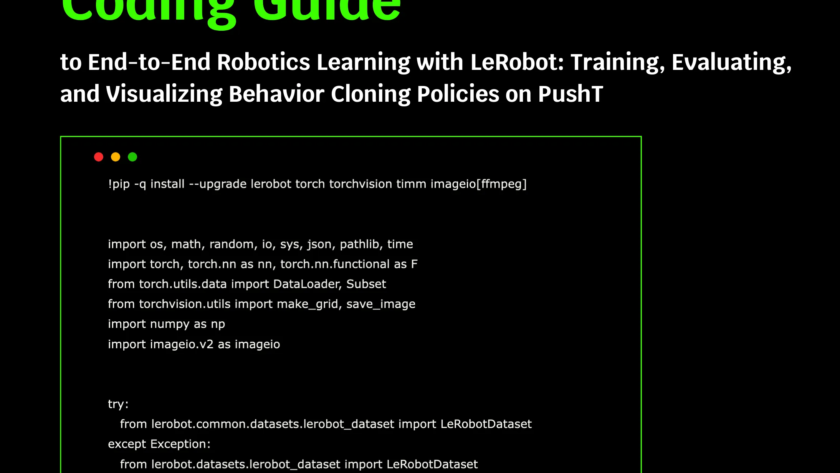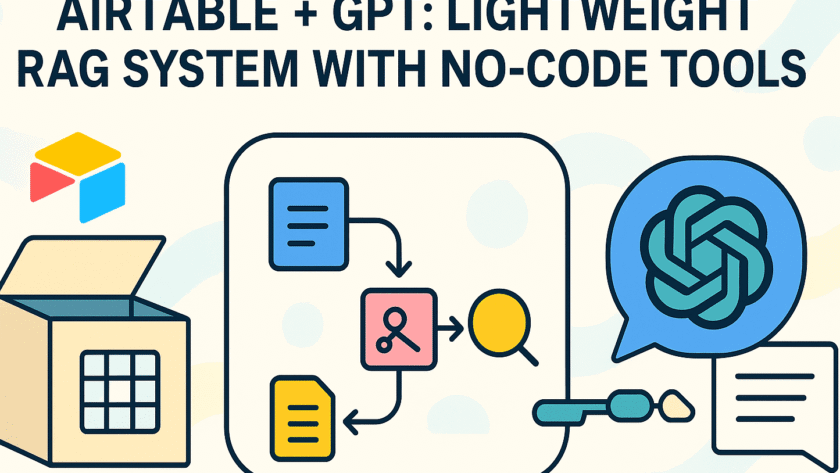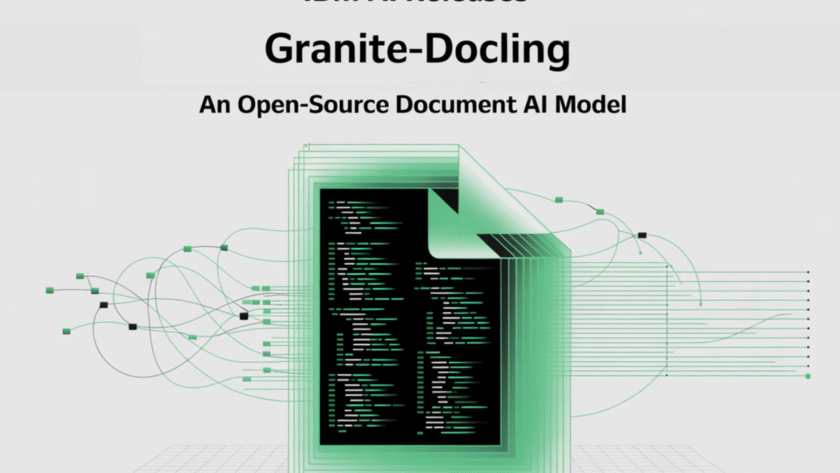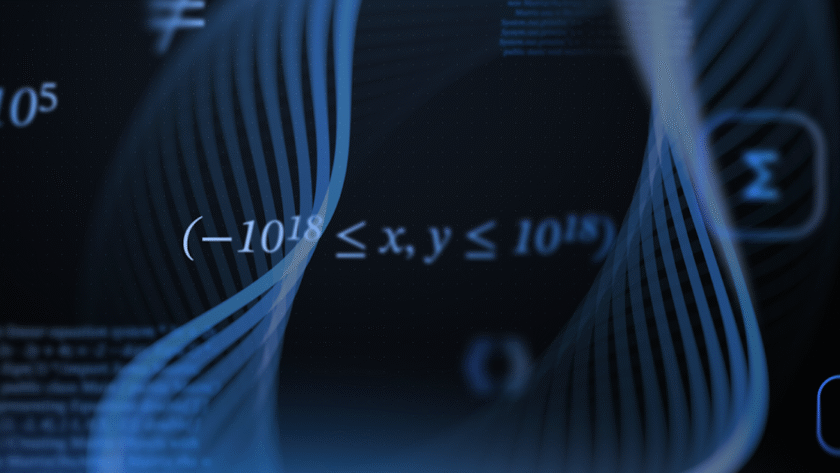In this tutorial, we explore advanced computer vision techniques using TorchVision’s v2 transforms, modern augmentation strategies, and powerful training enhancements. We walk through the process of building an augmentation pipeline, applying MixUp and CutMix, designing a modern CNN with attention, and implementing a robust training loop. By running everything seamlessly in Google Colab, we position…
